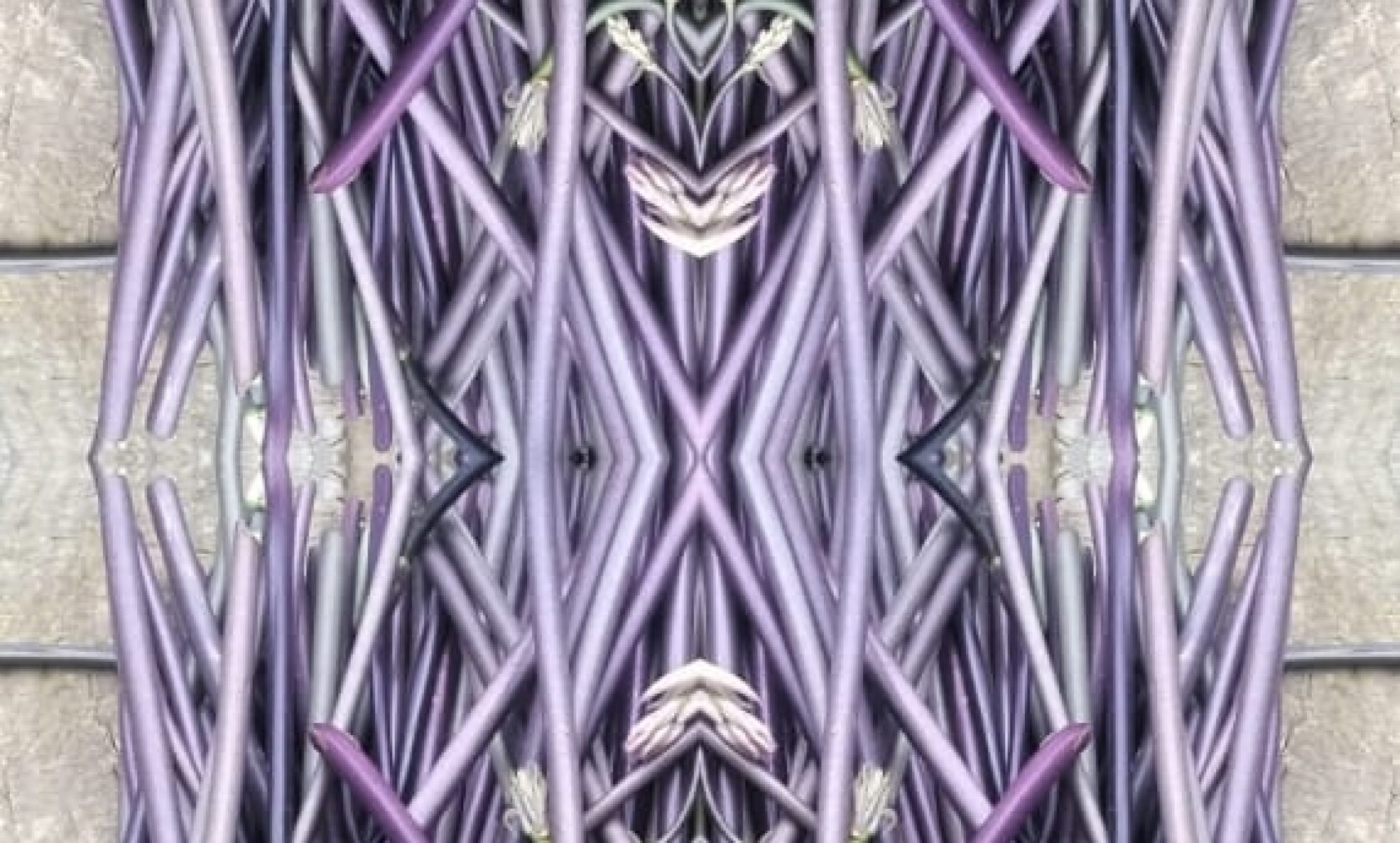Effective microorganisms (EM)
were developed in the early1980s at the University of the
Ryukyus in Okinawa, Japan by Professor Teruo Higa. He reported that a combination of approximately eighty different species of microorganisms are capable of positively influencing the decomposition of organic matter to the point at which it reverts to a ’life promoting’ process. These Effective Microorganisms consist of beneficial and non-pathogenic microorganisms such as Lactic Acid Bacteria, Yeast, and Phototrophic Bacteria, which are found in the natural environment.
Higa invoked the dominance principle to explain the effects
of his Effective Microorganisms. He claimed that three groups of microorganisms exist: positive microorganisms (regeneration), negative microorganisms (decomposition, degeneration), and neutral microorganisms. The ecological condition of any medium (that is soil, water, air, skin and intestinal) is hugely dependent on what type of microorganisms are dominant. The ratio of positive and negative microorganisms is critical, since the neutral, opportunist microorganisms follow the trend of regeneration or degeneration. Nowadays negative microorganisms (e.g. those responsible for the rotting of organic matter to maladies in organisms) dominate much of the sphere of the microorganisms in the environment. Treating the variety and massive volume of waste produced by societies and human activities has become an increasingly critical issue for humankind and the global environment.
Higa claimed that it is possible to favorably influence the given media by supplementing it with positive microorganisms. In short, it is possible to change the diversity of microorganisms so as to make effective microorganisms dominant.
Continue reading “What are the Effective Microorganisms (EM)? [EN]”

